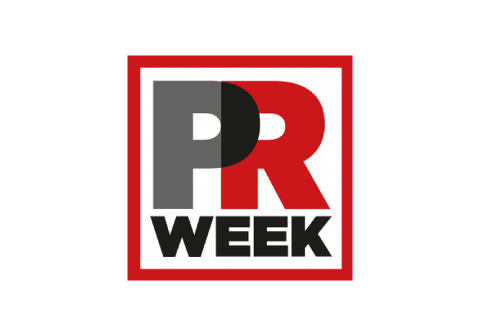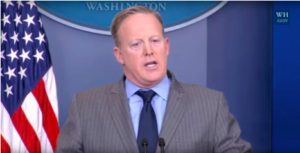
Good Riddance to the White House press briefing
PR Week
By Stan Steinreich
Daily access to our government leaders is a pillar of U.S. democracy and should be taken seriously, but the White House press briefing is no longer a serious undertaking.
There has been a lot of journalistic banter about the White House’s latest move to better control its message by dramatically changing the format of the daily press briefing. I join the two former press secretaries, Republican Ari Fleischer and Democrat Mike McCurry, who agree with the move to drop the live broadcast of the briefing. It is the right thing to do for several reasons.
The daily press briefing has morphed into a parody of itself. We watched Sean Spicer squirm as he tried to predict the answers to questions that would be supported by his unpredictable boss. This skewering was becoming more entertainment than actual news value. We only need to look as far as NBC’s Saturday Night Live, which turned the daily sparring match into a weekly feature. When Sarah Huckabee Sanders stepped up to the podium, there was a bit more order in the room, but hardly much more substance.
Daily access to our government leaders is a pillar of U.S. democracy and should be taken seriously. The media in the United States has a literal seat at the table – it is commonly referred to as the Fourth Estate – with journalists from major news organizations having desks in the West Wing itself. Many of reporters with offices around the nation’s capital are also credentialed to cover the White House. There is a large press staff to handle their inquiries and facilitate their work. None of that has changed, nor has the daily briefing itself. Journalists can still use the press briefing to ask their questions if they wish, only they won’t have the ability to try to embarrass press secretaries on national television. We needed to do away with the “gotcha moment” and remember what journalists are there for: to get the news and better inform their readers and viewers. I remember one of my journalism professors who so correctly quipped, “There is no such thing as a bad question, only bad answers.”
The Trump administration’s problem is its relationships with the media. It tends to play more of a defensive game when it comes to information, and more of an offensive one when it comes to oratory. Why isn’t this White House using the briefing or even the old-fashioned press release to promote real news? Why isn’t it setting the pace of the news cycle like other administrations in the past? The U.S. government, and even this administration, do wonderful things everyday. We don’t see these stories because I believe they are too busy hunkered down denying conspiracy theories and not spending enough time promoting real news.
There will be those who call this a freedom of the press issue or attack on open government. Some will even say that the situation the press secretaries find themselves in is their own fault, or the fault of the administration. I don’t believe altering the daily briefing in any way limits press access.
Further, I disagree that it is the fault of media professionals or even the administration. The live broadcast is the problem. If a journalist has questions, he or she has every right to ask it and demand an answer. We work that way for our clients every day, and most are not in government. But making a spectacle out of the process of getting that information, when no one is stopping them from doing that, is just not a fair criticism.
There are many things in regard to the Trump administration that I disagree with and some I even agree with. I don’t advocate the random Twitter rages and I never sanction taking individuals – journalists or not – to public task. No one should have to endure that treatment.
The daily press briefings should not be one of the things that takes our focus away from the far more important issues affecting our world, and I agree that it is the right thing to do to stop live broadcasting the daily briefing.
Stan Steinreich is president and CEO of Steinreich Communications.


